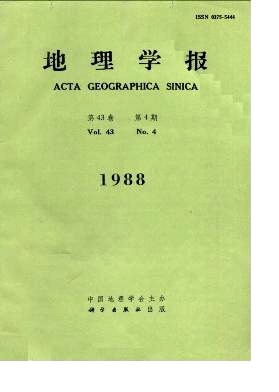Song Jiatai, Gu Chaolin
In reviewing the theory and methodology of urban system planning (USP), the authors regard the modern system theory (including systematology, information theory, cybernetics, dissipative structure theory, synergetics and catastrophe theory) and the urban-region theory as the fundamental theories of USP, a new branch of the planning science.The paper discussed mainly the following problems:1.Basic concept and goals of the USP.Urban system study is one of main contents in urban geography and urban planning. USP deals with the socio-economic interrelations between town and town, town and the system, the system and its outer environment, which will be organized reasonably in a region.The whole efficiency of the urban system and the general goal of the regional socio-economic development with optimal social,economic,environmental efficiency could be obtained by means of principles of the general system theory and the urban-region theory.2. The mechanism of the urban system development.The natural characteristics of interrelation between city and region are aggregate effect and diffuse effect.These effects run through the whole process of forming and development of urban system.It is just the mechanism with which urban system is developed and perfected.3. Basic standpoints of the USP.The final goal of USP is optimal economic, social, and environmental efficiency in regional development.Thus, basic standpoints of USP are the unity of economic view and environmental view.By the economic view we mean planning urban system by means of regional economic development.By the environmental view we mean planning urban system by means of residential environment.4. Basic contents of the USP. They include: (1)study of cityes and towns as nodes of an urban system, and (2)study of relation among nodes in the system.Specifically, theyare: (1) the territorial spatial structure-concentration and decentralization;(2)urbanrank-size structure-urban hierarchy and urban rank-size distribution; (3) urban functioncombination structure-urban pattern organization and urban function coordination; and(4) urban networks structure-urban linkages and networks planning.5.The programme and flow chart of the USP.USP is a main content in territorial renovation and regional planning,but the programme of USP is different from that of urban planning or region planning.Generally speaking, these programme are: (1) historical analysis of urban system forming; (2) study of present condition of urban system; (3) analysis of regional development condition and restrictive factors; (4) urban system planning; (5) division of urban economic regions and their development; (6) specific policies and measures, to put urban system planning into practice.
